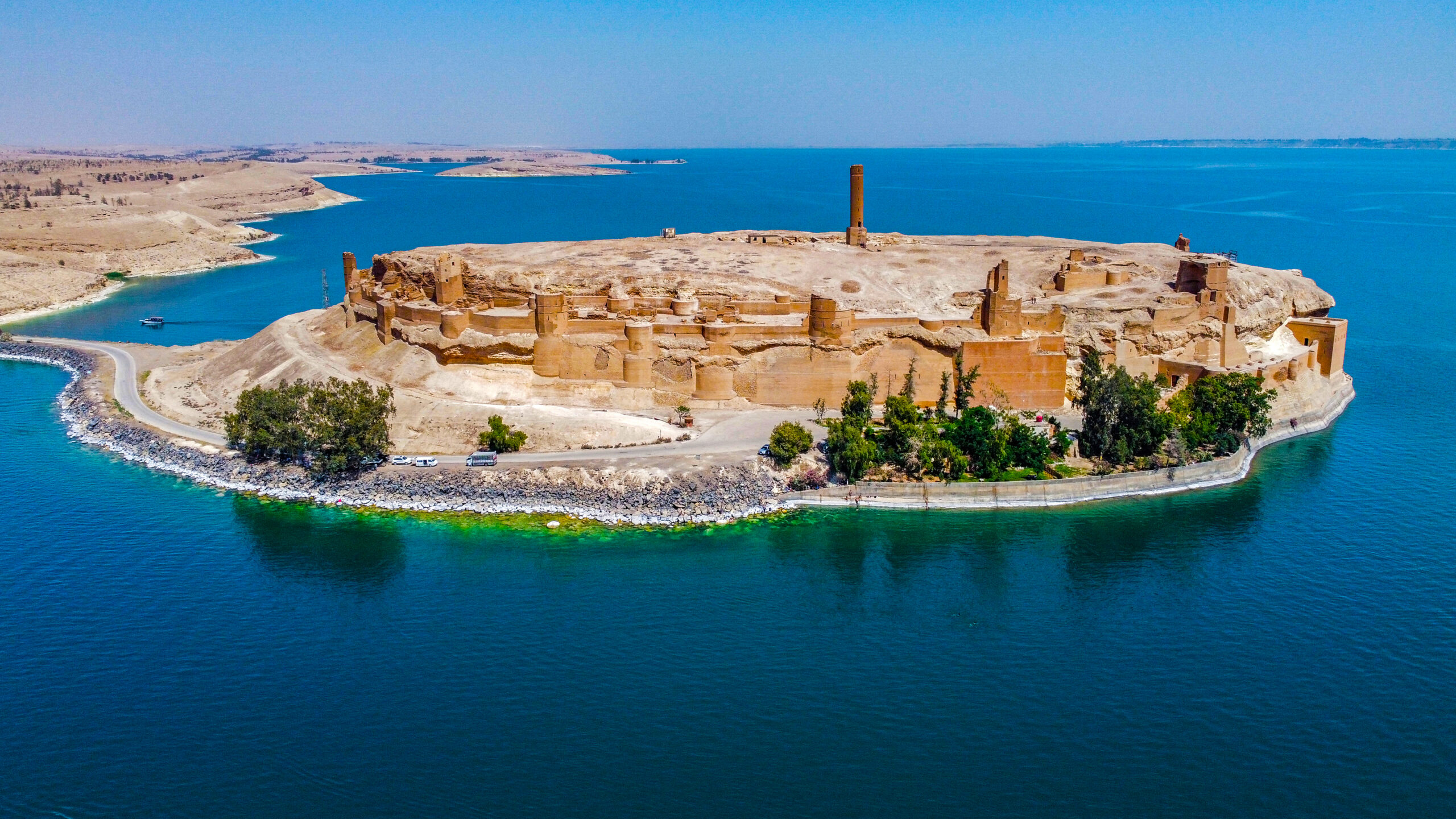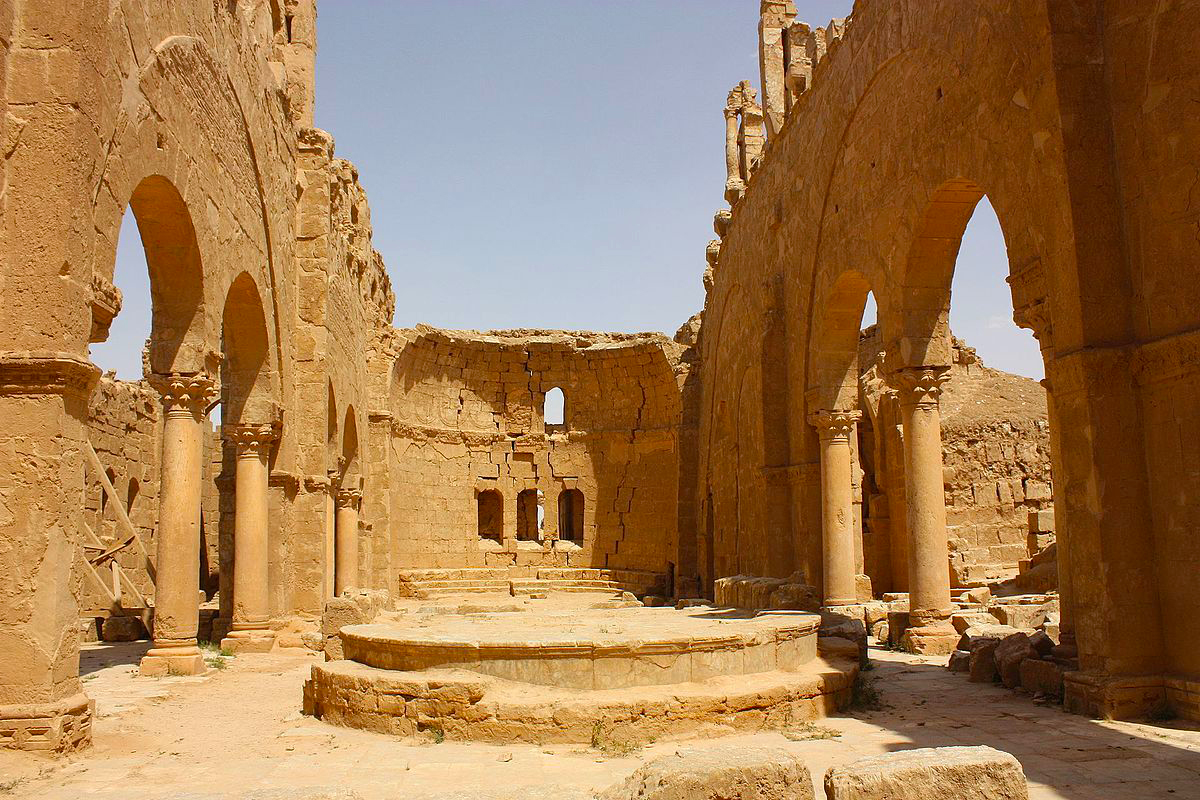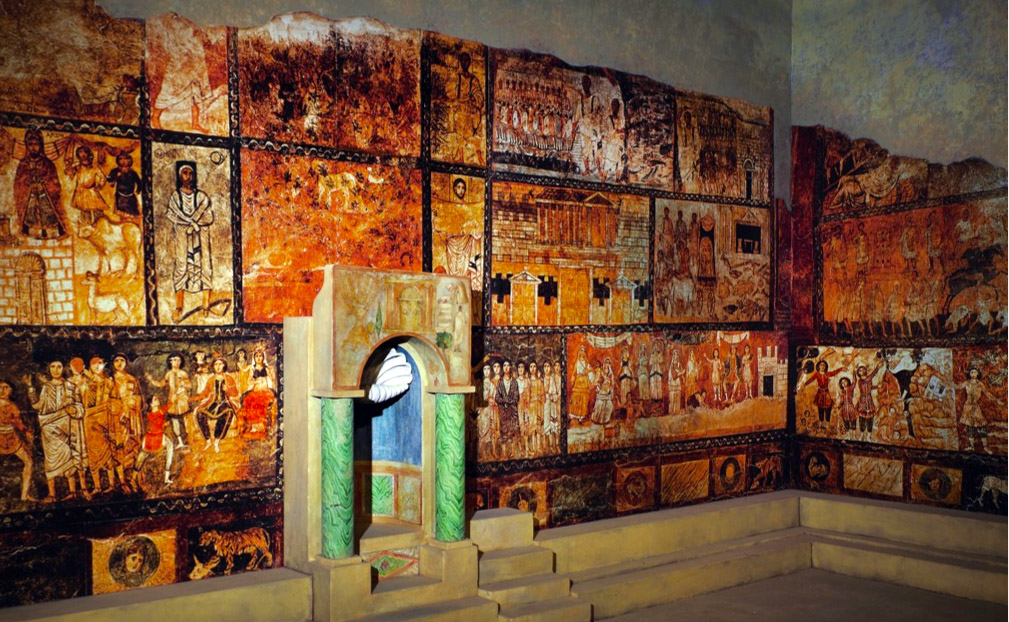| Category | Details |
|---|---|
| Location | On the eastern bank of the Euphrates River, near modern-day Syria-Iraq border |
| Founded | Circa 300 BC |
| Era | Hellenistic, Parthian, Roman, and early Christian periods |
| UNESCO Status | Tentative World Heritage Site |
| Size | Approx. 14 hectares |
| Key Features | City walls, temples, synagogue, early Christian house church, military fortress |
| Time to Visit | 2 to 3 hours |
| Entry Fee | Varies depending on local authorities |
| Accessibility | Reachable by car from Deir ez-Zor or Al-Hasakah |
| Nearby Sites | Palmyra, Mari, Qalaat Jaabar |
Dura Europos is one of the most fascinating archaeological sites in Syria and the ancient Near East. Founded around the third century BC, this fortified city was a cultural melting pot at the crossroads of empires—Hellenistic, Parthian, Roman, and early Christian civilizations all left their mark here. Often called the “Pompeii of the Desert,” Dura Europos was suddenly abandoned in the mid-3rd century AD after a siege, preserving its buildings, frescoes, and artifacts in remarkable condition.
Why Visit Dura Europos
A Snapshot of Ancient Multicultural Life
Dura Europos is unique for the coexistence of diverse religious and cultural monuments within a single city. Visitors can explore:
- The Synagogue of Dura Europos, famous for its vivid biblical frescoes dating from the 3rd century AD—some of the earliest known Jewish religious art.
- The House Church, one of the earliest known Christian worship sites, offering insight into the origins of Christian architecture.
- Temples dedicated to gods from different traditions, including Greek, Roman, and Palmyrene deities.
- A well-preserved military fortress and city walls that tell stories of ancient warfare.
Exceptional Preservation
The rapid abandonment of the city following a siege in 256 AD led to exceptional preservation of buildings and artifacts, making Dura Europos a treasure trove for archaeologists and history enthusiasts.
What to Know Before You Go
- The site is in a desert region, so wear sun protection and bring water.
- Roads leading to the site may be rough; access can be challenging.
- Guided tours are highly recommended to fully appreciate the rich cultural layers.
- Some areas may be closed due to ongoing conservation efforts or security concerns; check locally before visiting.
How to Reach Dura Europos
- The nearest major towns are Deir ez-Zor (approx. 90 km) and Al-Hasakah.
- Access is generally by private car or organized tours.
- From Damascus, the trip is long and requires planning due to the remote location and security situation.
Nearby Attractions
- Palmyra: The legendary oasis city with towering colonnades and temples.
- Mari: Another ancient city known for its royal palace and cuneiform archives.
- Qalaat Jaabar: A medieval fortress overlooking the Euphrates River.
Final Thoughts
Dura Europos is a remarkable archaeological site that captures the rich tapestry of ancient life at the crossroads of civilizations. Its unique combination of religious buildings, military architecture, and artistic treasures makes it a must-visit for anyone interested in the ancient world. Despite its remote location, a visit here offers a profound glimpse into Syria’s multicultural past and the complexities of early urban life.



